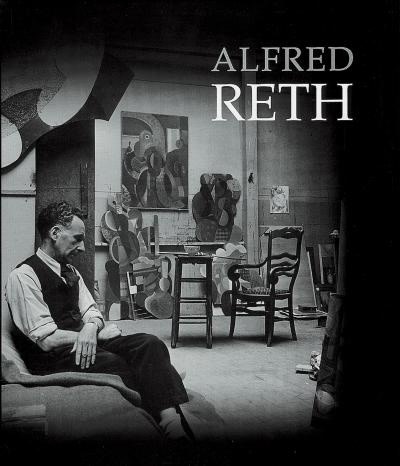Alfred Reth, Alfred Roth-his real name, was born in 1884 in Budapest (Hungary). Son of a doctor, he moved to Paris in 1905, after he had travelled a lot in Italy. Living in Montparnasse, he attended the academy Jacques Emile Blanche, where he studying drawing. During a second trip to Italy, Alfred Reth studied a few months to the Beaux-Arts in Florence.
He came back to Paris in 1907. The Cubist influence was perceptible in his works, portraits, still lives, landscapes. When he discovered the hindu art in museums, Reth decided to study it scientifically in 1908. Thus he tried to applied mystical principles to his work. A very important exhibition was devoted to him to the Gallery Der Sturm in Berlin in 1913. He exhibited more than 80 cubist paintings and drawings; his originality in Cubism has been to seek "a balance between masses together".
With the declaration of war in 1914, Alfred Reth enlisted in the French army and was quickly reformed.
From 1910, the artist participated in collectives exhibitions in France and abroad, including yearly Parisian Salons (Salon d'Automne, the Salon des Independants, Salon des Tuileries, etc…). He was a founding member of the Abstraction-CreationFair and the Salon des Réalités Nouvelles. Many Parisian galleries exhibited his work (Denise Rene Gallery, Galerie Berthe Weill…).
During and after the First World War, Alfred Reth returned to a more realistic painting. He probably stopped painting a few years until 1920. In 1920, Reth renewed with the most daring of his artistic past, then leading to solutions that were similar to Delaunay's chromatic circles.
Gradually, his work evolved toward a whole abstraction, without any concern for representation, association or equivalent.
Alfred Reth died in Paris on September 15th, 1966, after an exhibition he got in Chicago.
